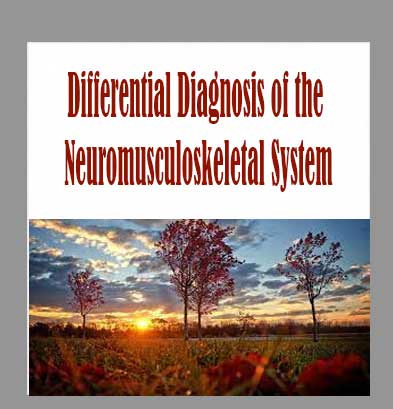Description
Differential Diagnosis of the Neuromusculoskeletal System demonstrates methods of assessing the msuculoskeletal system to obtain a differential diagnosis of the tissue at fault. It addresses the challenges of understanding the different parts of a neuromusculoskeletal assessment of the principles of their use.
Differential Diagnosis of the Neuromusculoskeletal System with David Magee
Differential Diagnosis of the Neuromusculoskeletal System
Course Details
INSTRUCTOR(S): David Magee
COURSE LENGTH: 4 hours
PLATFORM :Online
Outline
Module I
Unit 01: Introduction
Unit 02: Case Study I – Interrogate the Patient
Unit 03: Lecture – Observation I
Unit 04: Lecture – Observation II
Unit 05: Case Study – Observation
Unit 06: Lecture – Examination I
Unit 07: Lecture – Examination II
Unit 08: The Joint
Unit 09: Ligamentous Testing
Module II
Unit 10: Case Study – Examination
Unit 11: Shoulder Screening Exam
Unit 12: Functional Assessment
Unit 13: Functional Instabilities
Unit 14: Reflexes and Sensations
Unit 15: Upper Limb Sensory Scan
Unit 16: X-rays
Unit 17: A Scanning Examination
Unit 18: Gaining the Patients Confidence
Learning Goals
Upon completion of this class, you should be able to:
- Differentiate between one or more conditions, diseases, or injuries a patient is suffering from by systematically comparing and contrasting signs and symptoms
- Describe how to combine clinical diagnosis, physical diagnosis, pathological diagnosis, provocative diagnosis, laboratory diagnosis, and diagnostic imaging during the differential diagnosis of the neuromusculoskeletal system
Refund is acceptable:
- Firstly, item is not as explained
- Secondly, Differential Diagnosis of the Neuromusculoskeletal System do not work the way it should.
- Thirdly, and most importantly, support extension can not be used.
Thank You For Choosing Us! We appreciate it.









Reviews
There are no reviews yet.